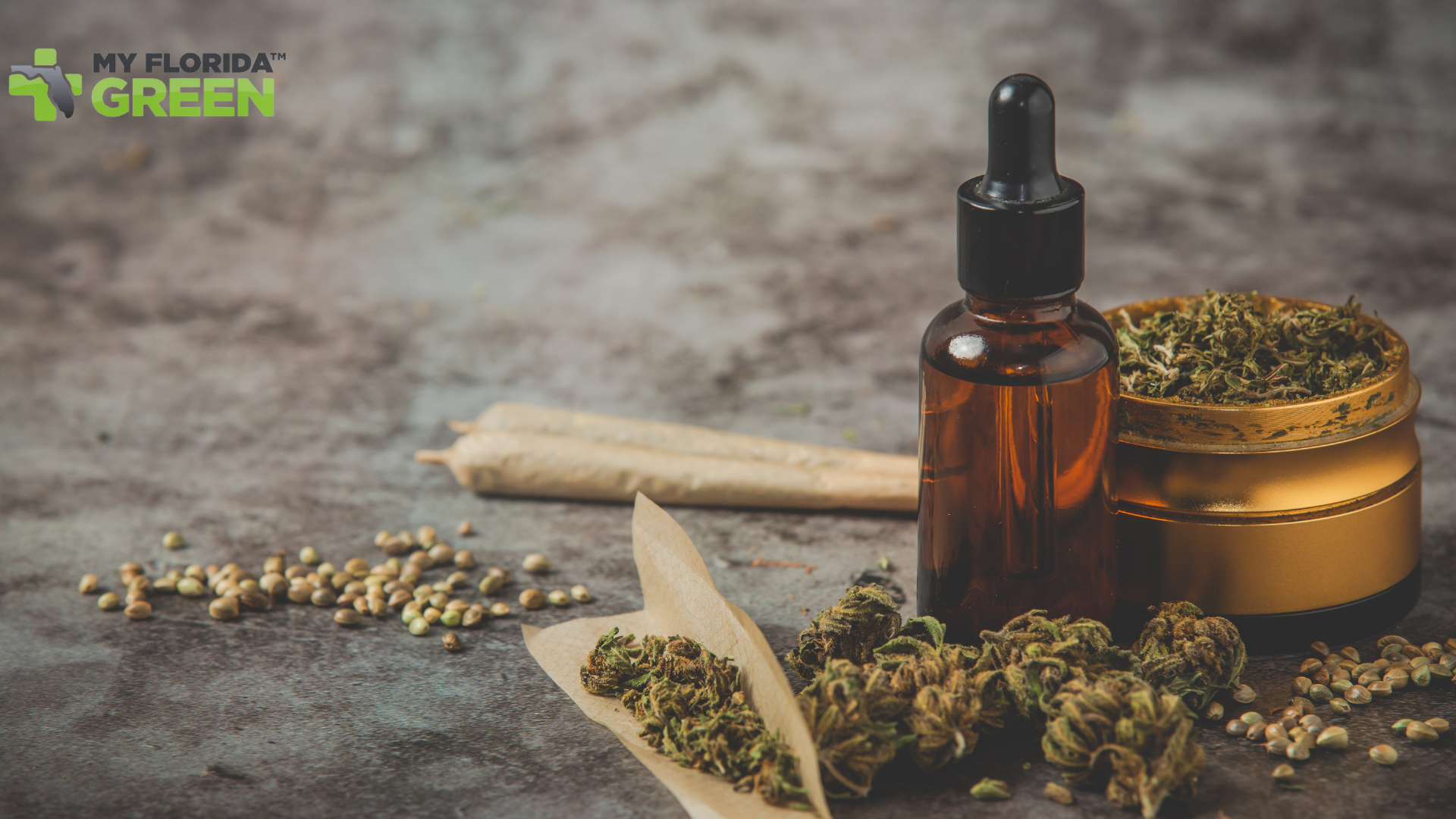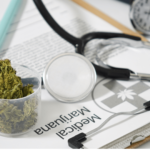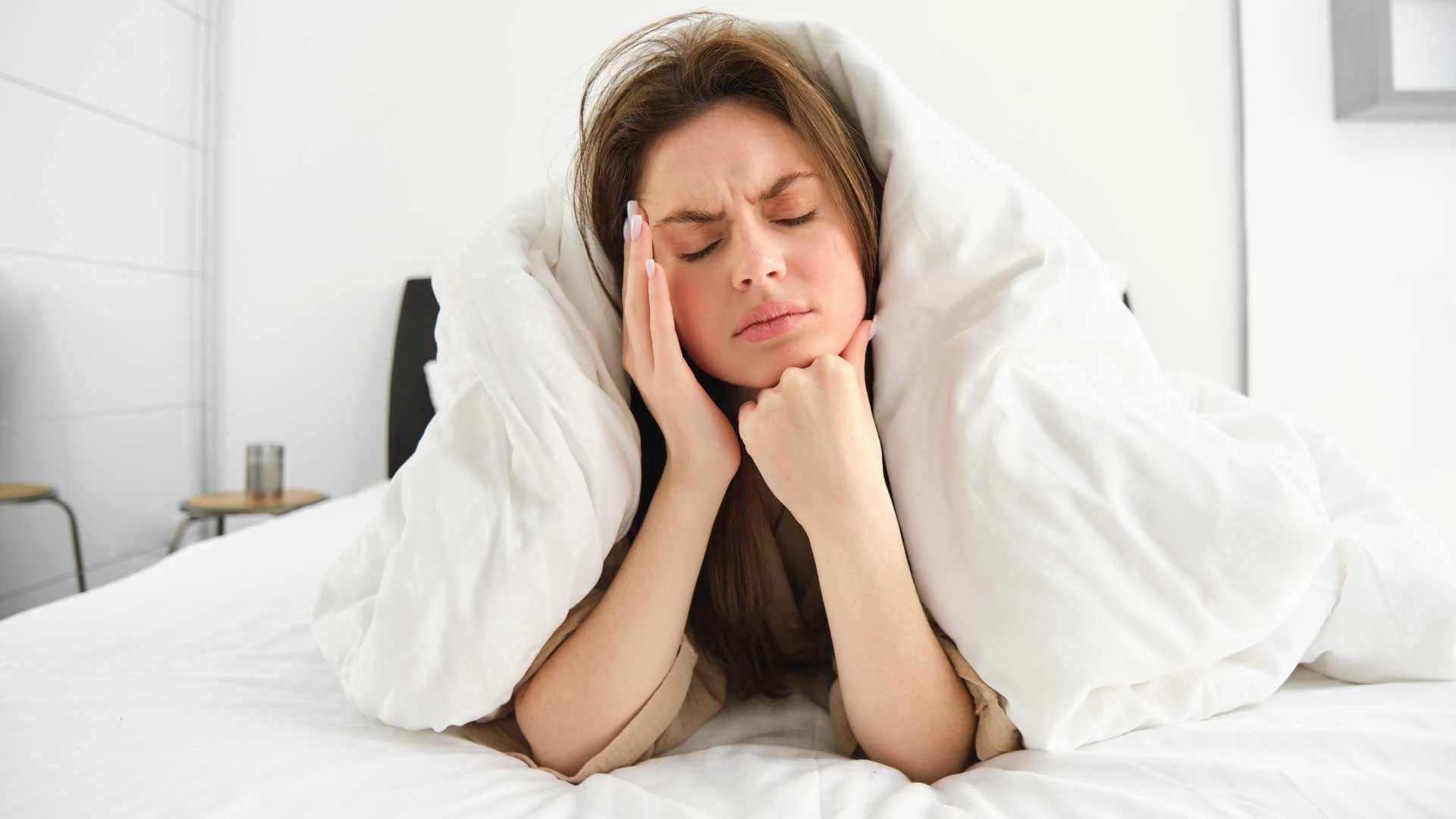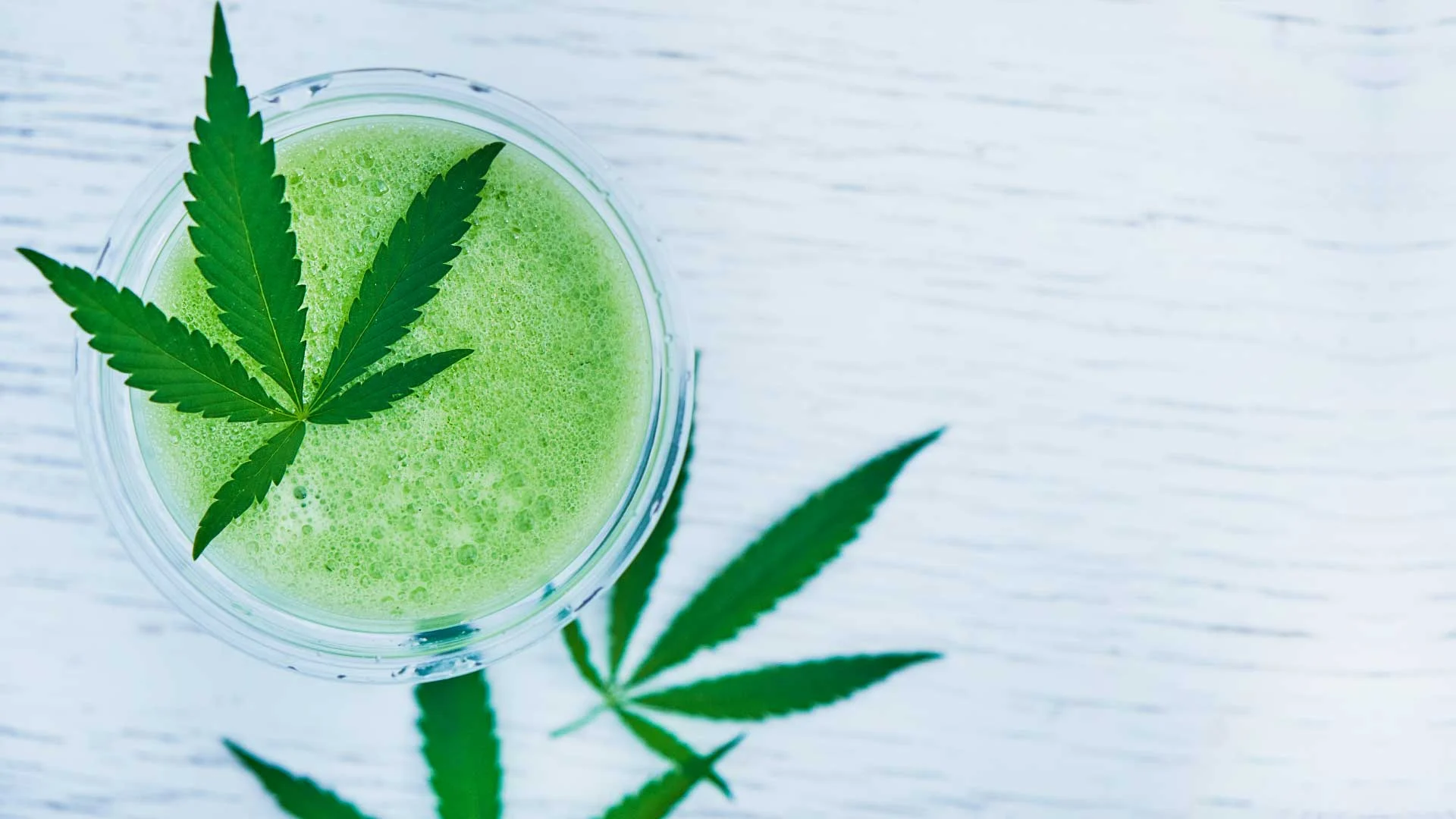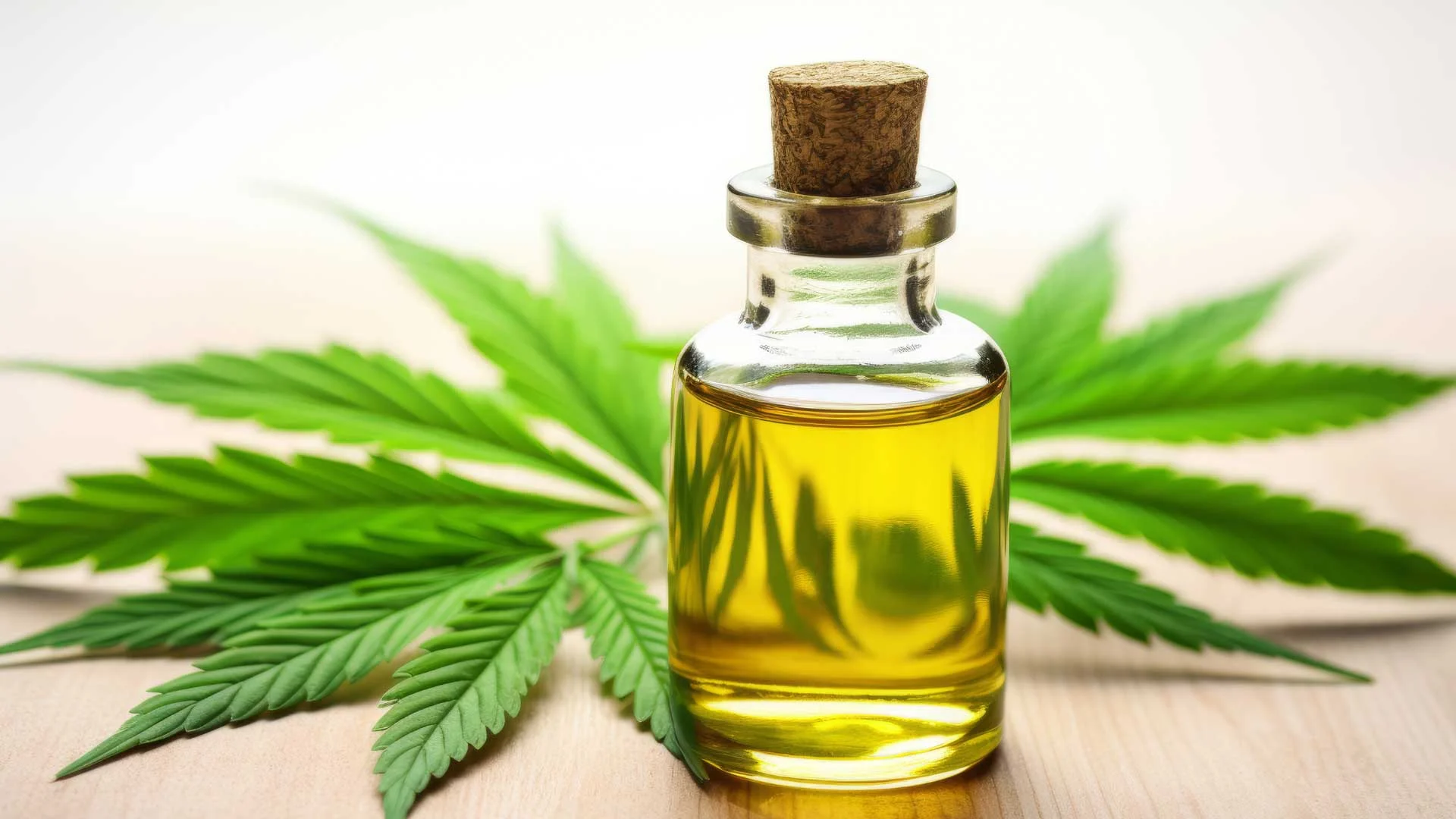Medical marijuana has received significant attention as an alternative drug in the latest healthcare landscape. Muscular dystrophy is a group of hereditary disorders that cause muscle degeneration and weakness. Unfortunately, there is no proper cure for such disorders. However, various techniques can help manage the symptoms. Medical marijuana shows promise in easing several symptoms associated with muscular dystrophy, such as pain, inflammation, and muscle spasms. As a result, you can obtain your medical marijuana card St. Petersburg to use MMJ for its potential advantages in the context of MD.
Are you willing to learn more?
This article discusses the significant traits of medical marijuana for managing muscular dystrophy.
Muscular Dystrophy-A Thorough Guide
Muscular dystrophy is caused by gradual muscle loss and weakening. It commonly affects the muscles that regulate movement, making it difficult to move about and control your muscles. As a result, muscle fibers gradually degenerate and weaken over time, resulting in muscular atrophy and strength loss.
The severity and signs of muscular dystrophy often vary from person to person. Moreover, there is no definite cure for MD. However, several treatments, and therapies can help patients to manage muscular issues and enhance their quality of life.
Types of MD
Muscular dystrophy has various forms, and each has its unique characteristics. Some types are as follows:
Duchenne Disease
It is the most prevalent and severe form of MD. Duchenne predominantly affects males. Moreover, it develops early and progresses rapidly, leading to loss of motor function and muscle weakness.
Becker’s muscular dystrophy (BMD):
BMD predominantly affects males. However, the symptoms often show in adolescence or early adulthood, and the development is milder and slower.
Facioscapulohumeral Muscular Dystrophy
FSHD gradually weakens the upper arms, shoulders, and face muscles. It can affect both men and women.
These are some common types of MD and can be managed by approaching treatment options based on individual signs. Moreover, each type has unique clinical features, progression, and genetic characteristics. Thus, consultation with healthcare professionals for a proper diagnosis and appropriate management tailored to the specific type of MD is necessary.
How is MD Diagnosed?
Muscular dystrophy is usually diagnosed by a combination of physical evaluation, diagnostic testing, and study of medical history. Among some of the procedures for diagnosing muscular dystrophy are:
Medical history
The healthcare professional may review the patient’s medical background, including symptoms, relevant genetic information, and any family history of muscle illnesses.
Physical examination
It includes a thorough physical examination for any signs of muscular atrophy or weakening, muscle strength and tone. Furthermore, the healthcare professional may evaluate reflexes, coordination, and movement.
Blood Testing
Blood testing can help look for genetic variants linked to different kinds of MD.
Conventional Treatments for MD
Muscular Dystrophy treatment focuses on symptom management, enhancing the quality of life, and offering support to those affected. Although no known cure for muscular dystrophy exists, several traditional therapy methods can help with particular symptoms. A few typical treatment methods include:
-
Physical Therapy
It focuses on safeguarding and enhancing muscular flexibility, strength, and mobility. Depending on each person’s ability, it may also include stretching exercises and low-impact aerobic workouts.
-
Assistive Equipment
Depending on the kind of muscular dystrophy, assistive equipment such as braces, wheelchairs, orthopedic shoes, and mobility aids can help.
-
Respiratory Care
It is essential as muscular dystrophy can damage the muscles used for breathing. Thus, respiratory management methods include non-invasive ventilation and respiratory exercises.
-
Speech and Swallowing treatment
Speech and swallowing treatment can be helpful for those with facial and throat muscle issues. It can also aid with eating and swallowing problems.
-
Support groups
Counseling, and emotional support can help manage the emotional and psychological difficulties that may manifest with muscular dystrophy.
It must be noted that the treatment and therapy options focus on managing Muscular dystrophy symptoms. Also, MD cannot be fully treated but you can only manage its signs to ease a person’s life. Thus, contacting a qualified doctor is critical if you notice any muscular issues.
Does Medical Marijuana help with Muscular Dystrophy?
Medical marijuana may benefit patients with severe and physically challenging conditions, such as muscular dystrophy. It contains cannabinoids with healing properties. These cannabinoids behave very similar to the endocannabinoids produced by our cells.
Moreover, cannabinoids like THC and CBD can have significant physiological effects on our systems due to this phenomenon. They can aid in minimizing muscle spasms and ease chronic pain due to their ability to relax the muscles.
Also, these cannabinoids have anti-anxiety effects and ease the minds of those with severe muscular dystrophy. They help to lower anxiety and stress that may co-occur with other MD symptoms.
Muscular dystrophy often causes chronic inflammation in muscle tissues. However, the vital cannabinoids in marijuana with anti-inflammatory characteristics may reduce inflammation and tissue damage. Nevertheless, you must buy marijuana card St. Petersburg for lawful use of this drug in Florida.
Research indicates that medical cannabis may have neuro-protective qualities, which may be beneficial for maintaining nerve function and slowing the progression of MD.
Patients with MD who have trouble eating may benefit from medical marijuana’s ability to boost appetite. Interestingly, MMJ contains appetite-stimulating compound THC, which can work with the cannabinoid receptors in the brain to release appetite-inducing hormones.
You must remember that medicinal marijuana’s effects can differ from person to person, and more study is required to properly comprehend its long-term impact on MD. Thus, a medical marijuana doctor can help you to know more about the properties of medical marijuana for muscular dystrophy.
Bottom Line
Medical marijuana can work as an effective natural drug alternative for MD. You can use this drug alongside traditional medicines after talking to a medical marijuana expert. Moreover, having a medical marijuana card St. Petersburg can facilitate your path to wellness with the use of medical marijuana. Thus, by contacting My Florida Green experts, you can get your medical marijuana card certification for an improved life.



